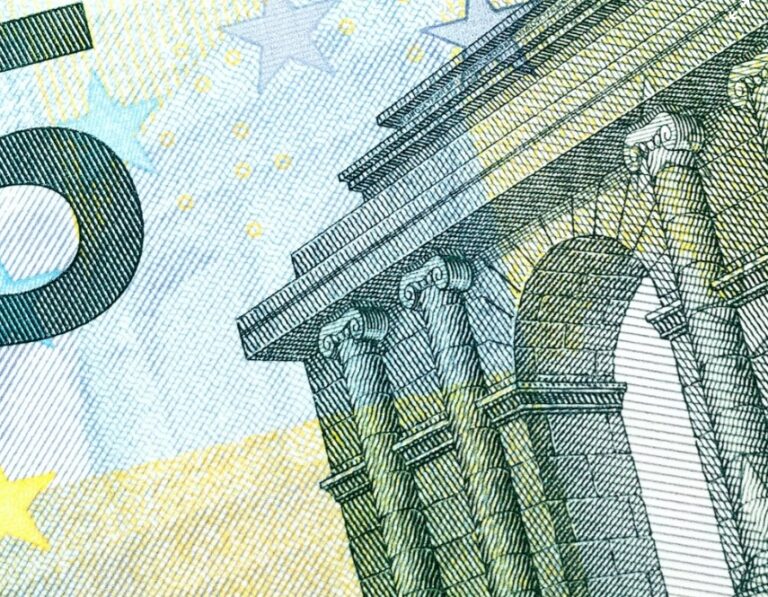One of the main objectives of the Central Banks is to make decisions on the monetary policies of their area of interest. I.e. to concretely use instruments and implement choices to govern the quantity and cost of currency in the economic system. Let us look at the 10 most important points of a monetary policy.
Table of Contents
Money supply
As the name implies, this is the amount of money circulating in a given economic system (e.g. the European Union) over a fixed time horizon.
Monetary base
These are all assets that can be immediately transformed into cash. And, can therefore be deposited with the relevant central bank as required reserves. These are liabilities on demand, such as cash and free deposits in banks and financial assets that can be converted instantly.
Interest rate
This is the cost of the currency which is determined by the relationship between market demand and the Central Bank’s supply. That is why it is very important for the Central Bank to work on interest rates to choose whether to favour or disfavour the amount of money in circulation.
Rates applied
The reference interest rate also influences the rates charged by banks on loans and deposits. If, for example, rates are low, companies have an incentive to create debt for investment. And households can shop around and take out mortgages at favourable rates.
Open market operations
The central bank can buy short-term government bonds to expand the money supply. Or it can sell them to contract it. Open market operations are considered conventional monetary policy instruments and one of the most famous is the Quantitative Easing adopted by the European Central Bank and the US Federal Reserve.
Inflation
Another of the central banks’ fundamental objectives is to ensure, through monetary policy strategies and instruments, that inflation is stable at the most appropriate levels for their area of interest (e.g. just below 2% in the case of the ECB).
Restrictive or expansive
A monetary policy can be expansionary or restrictive. The former increases the money supply with the aim of facilitating lending to the private sector. Thus boosting consumer spending and reducing unemployment, thereby stimulating economic growth.
Restrictive monetary policy, on the other hand, slows the rate of growth of the money supply or reduces liquidity in circulation in order to control inflation.
Public and private debt
Interest rates influence the cost of money, as we have seen. And thus also the cost of public and private debt. Depending on interest rates, the yields of government bonds (such as BTPs) or the cost of variable-rate mortgages, for example, vary.
Relationships between currencies
By working on interest rates, central banks influence not only inflation. But also the exchange ratios of currencies in international markets. As a rule, higher interest rates offer higher returns to lenders than can be obtained in other countries. Consequently, higher interest rates attract foreign capital and cause the reference currency to rise and vice versa.
Cryptocurrencies
Monetary policy choices impact not only standard currencies. But also cryptocurrencies, because in this case they should be seen as market assets on which private investors and professional traders speculate according to the timing of the markets.
Read also: Decoding fiscal policy: definition and various types












